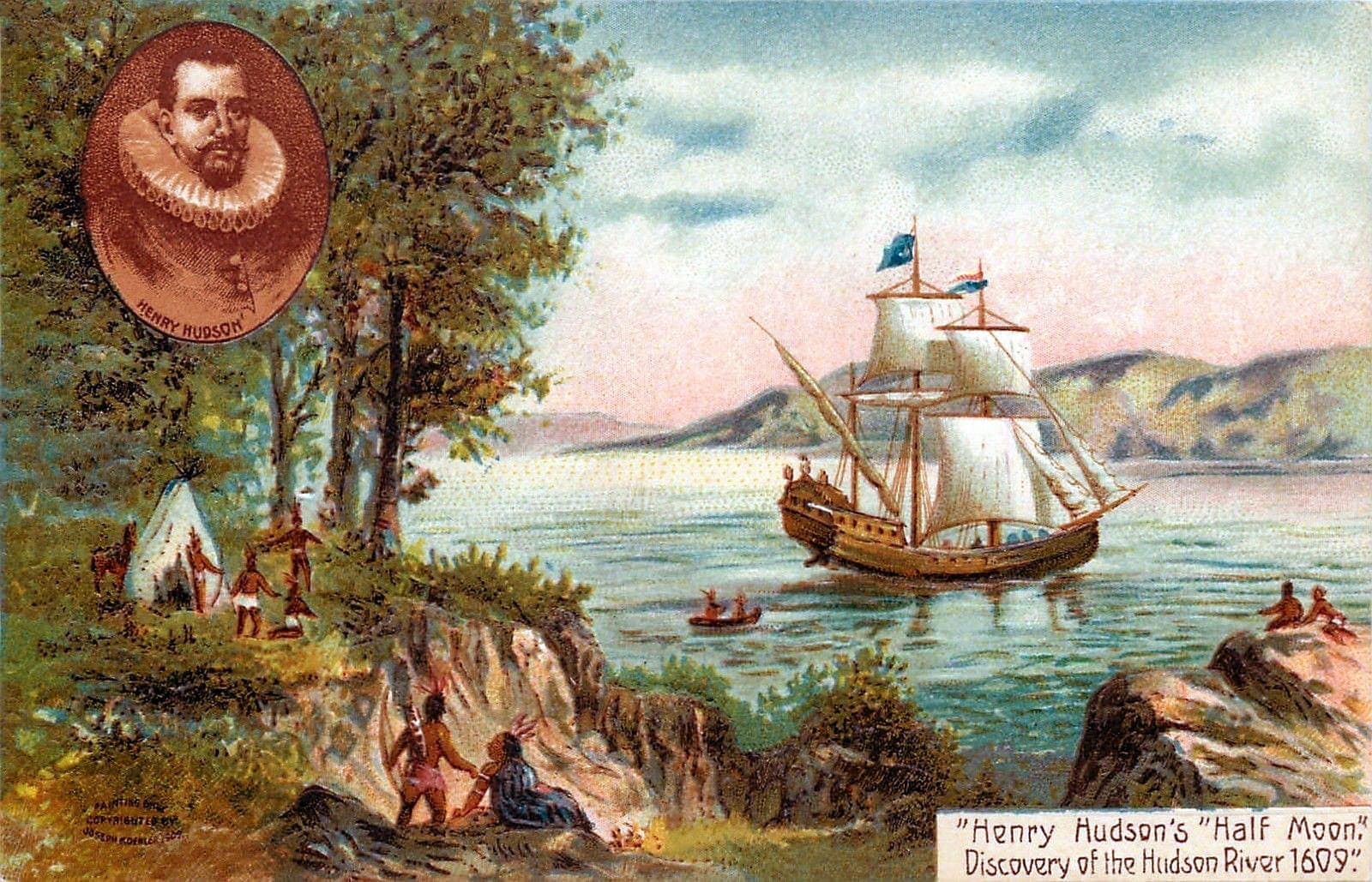Titanic ship specifications (drawings from 1912, but before the disaster)
The Titanic is 882 feet and 6 inches in length, 92 feet in breadth, and 94 feet in depth. She has a gross tonnage of 45,000 and indicated horsepower of 50,000.
Fifteen watertight bulkheads divide the great vessel, making her unsinkable even though half of her compartments should be filled with water.
Eleven steel decks add to the “Titanic’s” sturdiness, while an idea of the vast promenading space may best be had when it is noted that the main promenade deck alone has an unbroken sweep of 190 yards on either side of the ship.

Besides the main dining salon, which has a seating capacity for nearly 600 passengers, there is an a la carte restaurant, French service, which seats 200 passengers, a Parisian cafe and a palm room.
The size of the staterooms is also one of the remarkable features of this ship. Varying from 8 feet to 9 feet, 6 inches in height, they are all roomy. Some of the 2 berth cabins are 17 by 10 feet, 6 inches in size. There are no 4-berth rooms, and a great number of single-berth rooms. 8-1/2 by 10-1/2 feet have been provided.
A great swimming pool, squash racket court, gymnasium and the Turkish baths are all closely together on a lower deck, from which elevators carry passengers to the various upper decks.
Three screws propelled by turbine and reciprocating engines, furnish the motive power of the vessel.
Cross-section view of the Titanic’s length (1912)
From The St Louis Post Dispatch (St. Louis, Missouri) April 15, 1912
A vintage Titanic map showing the ship’s numerous decks, quarters for officers, passengers, crew and stores, and its immense power plant

Four close-up Titanic cross-section views of the above diagram:




Cross-section of the Titanic deck plans, four blocks long (1912)
From The Evansville Courier & Press (Evansville, Indiana) April 16, 1912
Cross-section of the wrecked steamer Titanic, giving an idea of her tremendous size and capacity.
Imagine, all these decks stretching nearly four blocks long, and you get an impression of the steamer’s ability to carry and care for 2,000 passengers.

- First class lounge
- First class dining saloon
- First class library and third class public rooms
- Second class dining saloon
- First, second & third class and stewards
- Third class dining room and gymnasium
- Swimming pool, baggage, racquet court and third class
MORE: Inside the Titanic: When the huge ship sank in 1912, here’s what the luxurious interior looked like
Another antique cut-away view of Titanic deck plans (1912)
From The Chicago Inter-Ocean (Illinois) April 17, 1912

ALSO SEE: The Titanic’s terrifying last moments before sinking to the ocean floor (1912)
Vintage Titanic cross-section: A comparative idea of the ocean liner’s great size (1912)
From The Kansas City Star (Kansas City, Missouri) April 16, 1912
If its vast hull were empty, thirty-six full-sized replicas of Hudson’s famous Half Moon could be laid crosswise in it, under full sail, and still leave 270 feet of unoccupied tapering space at bow and stern.

Or, twenty-eight full sires replicas of Fulton’s Clermont could be piled up like cordwood inside without utilizing 282 feet and 6 inches of tapering space fore and aft, where several more could be stowed away.
An ordinary railroad locomotive with tender, and drawing eight Pullman sleepers, could he laid upon the deck abaft the spot near the captain’s bridge, where the artist has cut it in two.
From keel to funnel top, it is nearly as tall as the 10-story Postal Telegraph Building in New York.
READ MORE ABOUT IT IN TITANIC: An Illustrated History





















2 Responses
Huge Titanic fan, but was disappointed when I looked at the cross-section of the ship and noticed that it shows oil storage space and notes “oil burning boilers”. The boilers were COAL powered, which is covered extensively in the big movie production just a few years ago. Thus whoever made these drawings would appear to not be familiar with the actual Titanic.
Thank you for visiting, and for the information. I have updated the article to clarify that all of these drawings are from 1912 — all rushed to press during the week of the disaster. Apparently, early reports suggested the ship used oil.